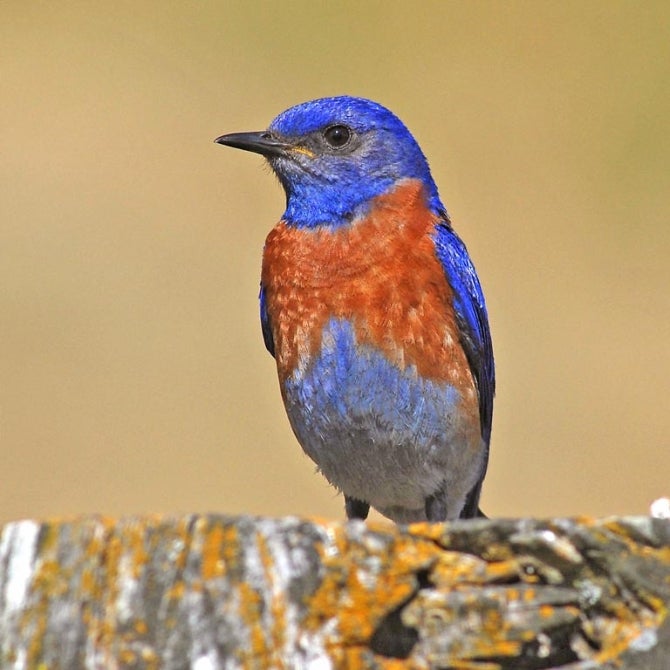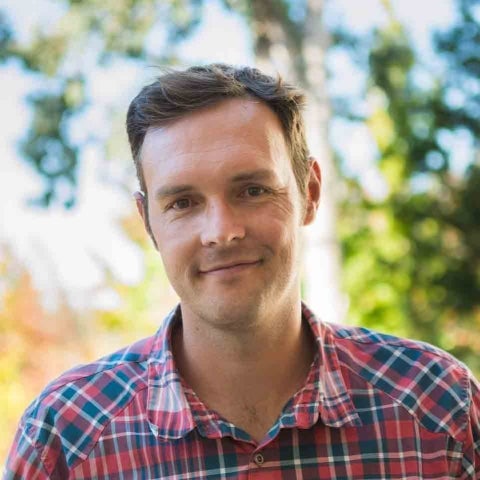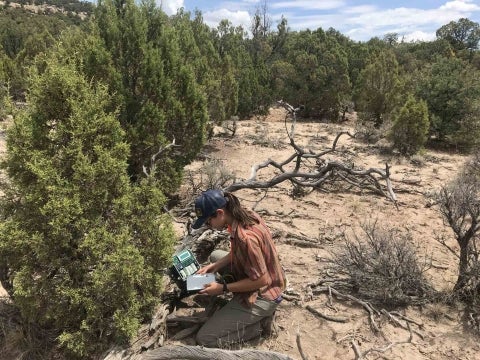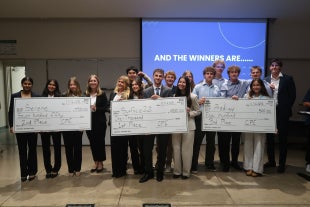Cal Poly Receives Five-Year, Nearly $900,000 Study to Understand Human-Caused Noise and Light Impacts on Birds

Contact: Nick Wilson
805-235-8008; nwilso28@calpoly.edu
SAN LUIS OBISPO — A Cal Poly professor and student researchers are embarking on a five-year study to better understand how exposure to human-caused noise and light pollution affects birds.

Clint Francis, a professor of biological sciences and honoree of Cal Poly’s Distinguished Scholarship Award, recently was awarded $893,079 that is part of a $2.6 million National Science Foundation grant, also involving researchers at Duke University and Washington State University.
The world is becoming more urbanized, and the fundings will allow Francis and his students to answer key questions about how birds will cope with the challenges of an increasingly noisy and bright world, such as:
- What traits allow birds to thrive in polluted areas?
- Do measures of behavior or hormones foretell whether nesting birds will successfully reproduce?
- Do noise and light have the same effects for all species?
“In doing so, the project will build a testable framework for generalizing avian response to human-caused sensory pollution, which will give us important insights on what kind of birds we should see in a more urbanized future,” Francis said.

Photo by Dave Keeling
The study will intensively study six avian species: ash-throated flycatchers; gray flycatchers; mountain bluebirds; Western bluebirds; chipping sparrows; and house finches.
“We picked species with different niches and underlying tolerance to human activities to help understand why species vary in responses to these pollutants,” Francis said. “There is a lot of scientific evidence that noise and light pollution can change behavior and physiology, but whether these effects are linked to impacts that matter for policy, like reproductive success and population trajectories, is a missing link. Essentially, do hormone changes or behavioral responses to light and noise pollution allow birds to succeed or are they early signs of trouble?”
The study takes advantage of field sites in New Mexico that Francis has used since 2005. Gas extraction activities create a patchwork landscape with incredibly noisy areas and quiet areas. Because the area is so remote, additional variables of busier, urban environments aren’t factors, such as moving cars and the presence of humans and pets.

The research team also has set up an experimental lighting system mimicking streetlights in both noisy and quiet areas to provide a long-term, preliminary dataset on nesting trends for the species they study. “This system allows us to isolate the effects of noise and light pollution without all of the complexity of urban environments that make studying these pollutants very challenging,” Francis said.
Urbanization has put humans and animals into closer contact, Francis said, but there are ways to modify urban environments to co-exist successfully.
“Interactions with wildlife, even subconsciously, have positive influences on our psychology and on our lives,” Francis said. “We can make meaningful changes regarding noise and light at the level of single properties, a university campus or a city.”
Courtney Tuskan, a 2019 Cal Poly biological science alumnus, of Lompoc, Calif., said her participation in earlier stages of the research helped her gain “a greater appreciation and understanding of the unintended consequences of noise and light pollution for wildlife.”
Tuskan currently is a Cal Poly biological sciences master’s program student, continuing her involvement with Francis’s research in the field in New Mexico.
“As the human population inevitably grows and spreads into previously wild spaces, understanding these impacts is becoming increasingly more important and urgent,” Tuskan said. “We can seek to better mitigate these impacts when we understand them.”


